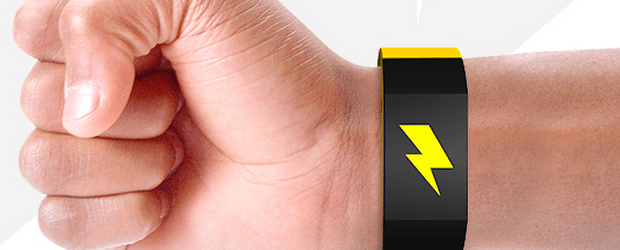Wearable tech may be the next big thing, but according to a new study Canadians are not prepared to sacrifice style for function when it comes to this next big tech trend.
The NPD Group’s new Wearable Technology Trend Study found that many Canadians considering the purchase of wearable tech such as a fitness tracker, smart watch or smart glasses won’t pull the trigger if they don’t like the look.
Wearable tech has high awareness – some two-thirds of Canadians – particularly amongst males age 16 to 24 and those with household incomes North of $70,000. Fitness trackers were most popular with women, while men had their eyes on smart watches and glasses.
“Functionality is important to consumers, and brands are taking note, but depending on the device, features like making and receiving phone calls, texting, GPS navigation, taking photos or videos, and surfing the Internet may not be what drives shoppers to the checkout stand,” said Mark Haar, director of Consumer Electronics at The NPD Group, in a statement. “Since it’s a priority for Canadians to be able to wear a piece of technology that integrates seamlessly into their wardrobes, manufacturers may have more success gaining market share if they focus on style as a point of differentiation from competitors.”
While fashion is a key consideration, cost still appears to be a real barrier to the widespread adoption of wearable tech. Some 40 per cent of consumers that were likely to make a purchase cited cost as the key barrier pulling the trigger. The biggest gap between selling price and what consumers were willing to pay was around smart glasses. Smart watches and fitness trackers were better positioned for sales growth.
Another key consumer concern is comfort, with consumers criticizing many fitness trackers as heavy, bulky or fragile, and smart glasses as distracting and unattractive.
“There are certainly wearable technology enthusiasts who have already purchased and swear by their favourite devices, but much of the Canadian population is still trying to navigate this emerging industry, and is unsure about whether or not these products are right for them,” said Haar. “Moreover, the principal features in some of the more ambitious products, such as smart glasses, outpace the level of sophistication of what’s currently on the market, and consumers are unlikely to entertain making a purchase until manufacturers are able to close this gap.”




